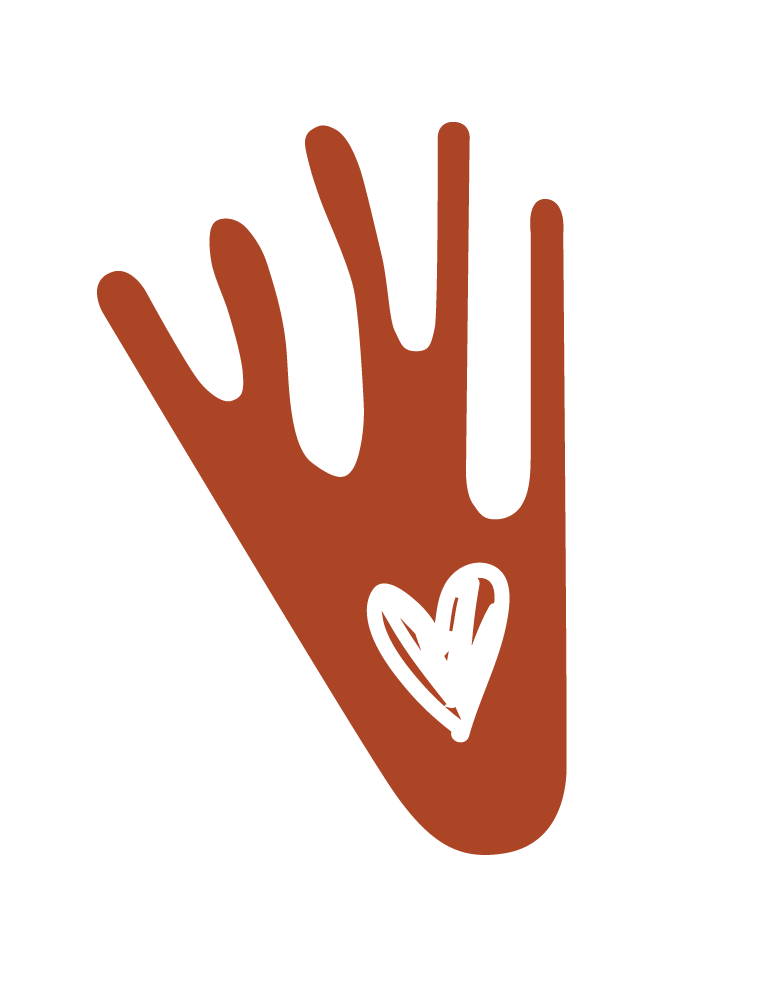Dancing Together in a Pandemic
By Sapira Cheuk
How do we cope, as a community?
How do we connect, through art?
How do we heal, together?
These were the questions I tried to answer while conceptualizing the project Pas De Deux, in the time of quarantine.
All images/Sapira Cheuk.
Pas De Deux, in the time of quarantine #9, 2020
Based on Zoi Eleftheriou (Cyprus) and Indra dance company (Spain)
Ink, graphite, and acrylic on paper
When the first quarantine orders were issued, it didn’t simply feel like an upheaval - it was physical. Pausing in-person meetings for the foreseeable future, changing and cancelling travel plans, being utterly vigilant about personal space, even scrambling to find stores that still carried toilet paper. Existing in one’s physical body was so different, and the upheaval felt life-altering and complete. (Although, writing this in June 2020, that upheaval does not seem as poignant as the social justice movement that arose out of George Floyd’s death.)
Pas De Deux, in the time of quarantine #11, 2020
Based on Jenn Edwards (Newfoundland) and Su güzey (Turkey)
Ink, graphite, and acrylic on paper
I was undergoing a personal health crisis at the same time the pandemic began, one that impacted many areas of my life. My experience of seeking community and support in order to live with my new illness parallels the sense of loss, and subsequent seeking for connection, that many face in life under quarantine.
Pas De Deux, in the time of quarantine #13, 2020
Based on Lena Rykner (Israel) and Tejaswini Loundo (Italy)
Ink, graphite, and acrylic on paper
When a certain diagnosis is assigned, it alters immediately the patient’s outlook on life. It separates a diagnosed body from a non-diagnosed body - not just physically, but also psychologically. The diagnosis acts as a timestamp that separates not only the ‘normal’ healthy body from the ‘diseased’ body, but also life, pre and post-diagnosis for the patient.
Pas De Deux, in the time of quarantine #10, 2020
Based on Eric Languet (Réunion Island) and Diana Shepherd (Ireland)
Ink, graphite, and acrylic on paper
The quarantine orders acted similarly, at once separating and isolating. We were all collectively diagnosed, and we collectively experienced loss. As we lived through this change, we sought out new ways of connecting and coping. The project Pas De Deux, in the time of quarantine is one way art was used to form connections and cope with that change. At the same time, the project aims to document art being produced under these historical conditions.
Pas De Deux, in the time of quarantine #4 (detail), 2020
Based on Kalina Georgieva Georgieva (Bulgaria) and Manuel Badás Álvarez (Spain)
Ink, graphite, and acrylic on paper
“Pas De Deux” is a ballet term that refers to a dance of two people, something difficult to achieve with physical separation.
For this project, dancers quarantined in Santiago, Chile; Los Angeles, California; Berlin Germany; Sofia, Bulgaria; Buseyi, Iganga, Uganda; Albuquerque, New Mexico; and many other locations around the world submitted videos dancing wherever they are quarantined. Videos were then paired, and the stills transformed into artwork, as if the dancers were occupying the same space.
This project is ongoing, and the final version will be showcased in the exhibition Dyads: Altered Bodies, Converging Forms at Vision Gallery, a city gallery in Chandler, Arizona in August, 2020, along with other works that explore issues of trauma, healing, and the connections these experiences afford.
Sapira Cheuk's work revolves around issues of the body and embodiment. Her practice incorporates traditional Sumi painting techniques to depict the complexity of the Subject, agency, and corporeality, while building an alternative narrative of not only bodily desires, but also intersubjective relations. She received her BA from University of California, Riverside and MFA from California State University, San Bernardino. Cheuk also works as an instructor at the University of Nevada, Las Vegas.
Thank you for visiting Humanities Heart to Heart, a program of Nevada Humanities. Any views or opinions represented in posts on the Humanities Heart to Heart webpage are personal and belong solely to the blog author and do not represent those of Nevada Humanities, its staff, or any donor, partner, or affiliated organization, unless explicitly stated. All content provided on Humanities Heart to Heart is for informational purposes only. The owner of this webpage makes no representations as to the accuracy or completeness of any information on this site or found by following any link on this site. Omissions, errors, or mistakes are entirely unintentional. Nevada Humanities reserves the right to alter, update, or remove content on the Humanities Heart to Heart webpage at any time.







